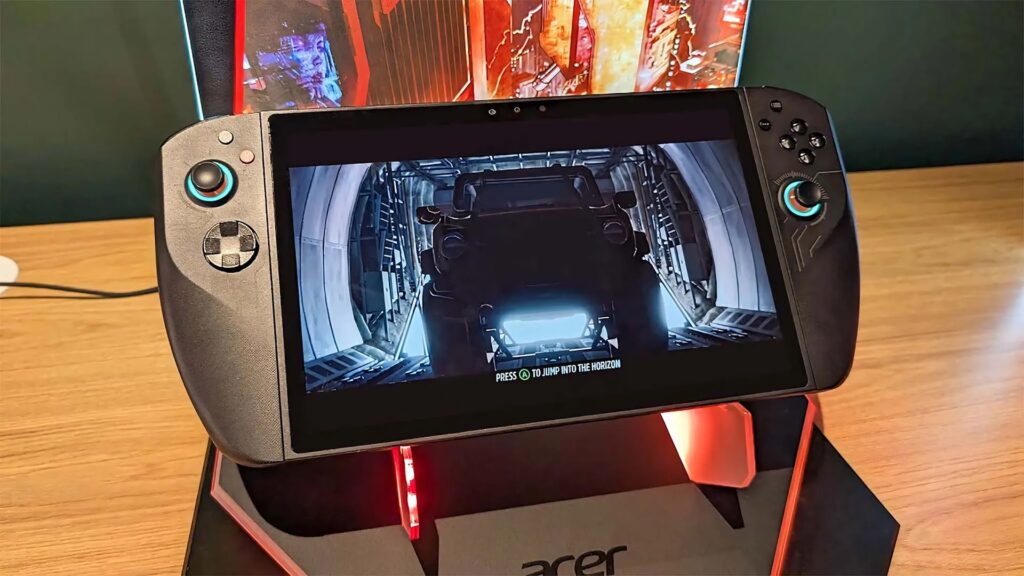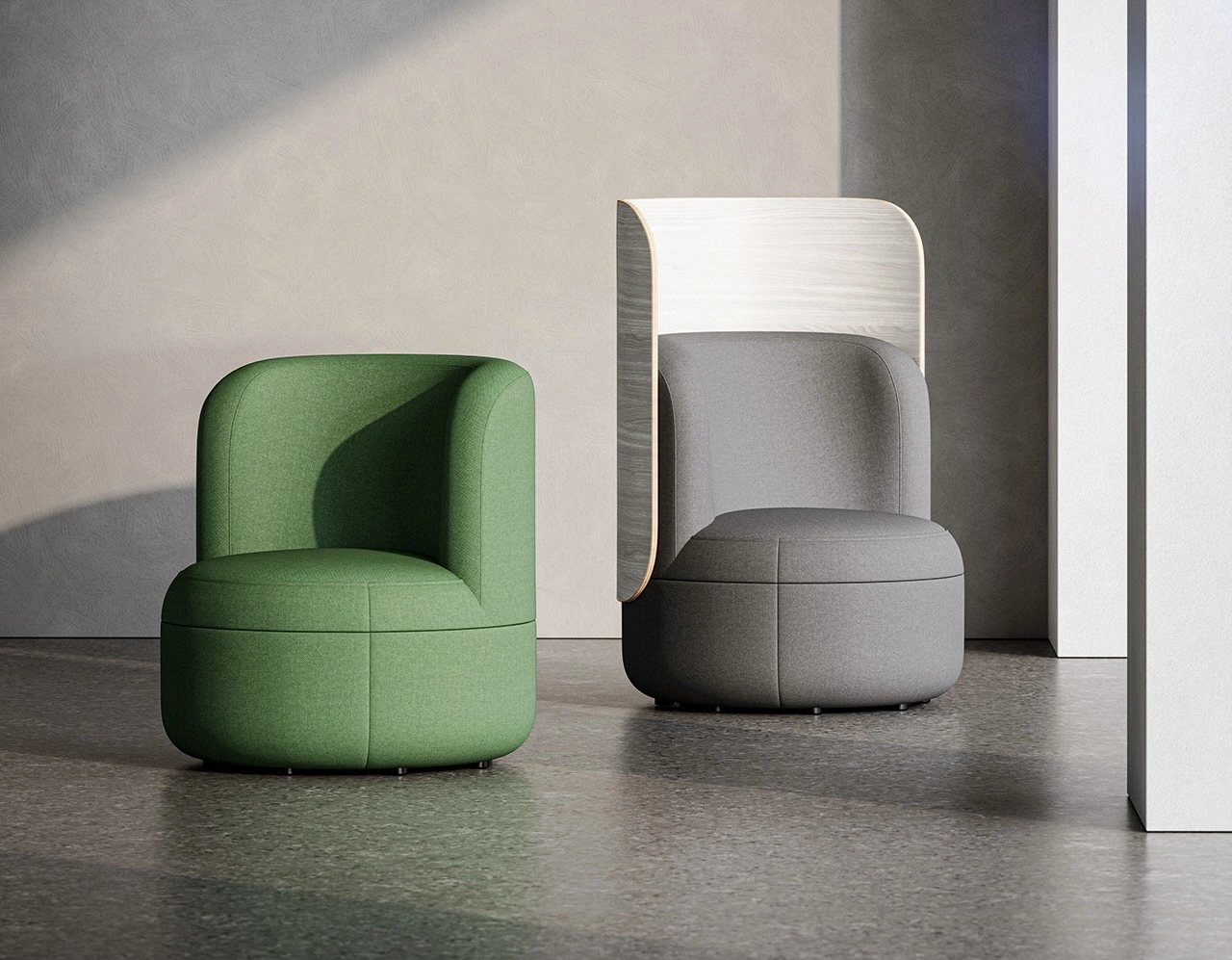Handheld gaming PCs have seen a massive surge in popularity, with devices like the Steam Deck and ASUS ROG Ally pushing the boundaries of portable gaming. However, Acer has just entered the race with a behemoth of a device—a massive 11-inch gaming handheld PC that makes its competitors look tiny in comparison. But does size truly translate to better performance and an improved gaming experience, or is this just a gimmick?
In this in-depth look, we’ll explore the key specifications, design, performance expectations, and potential impact of Acer’s new gaming handheld on the market. With a 2000-word analysis, we’ll dive deep into whether this oversized portable PC is set to revolutionize gaming on the go or become an impractical powerhouse.
Acer’s Entry into the Handheld Gaming Market
Acer has long been a key player in the PC gaming space, known for its Predator series of gaming laptops and high-performance desktop PCs. However, its entry into the handheld gaming market comes as a surprise, given how crowded the space has become with devices like Valve’s Steam Deck, ASUS’s ROG Ally, Lenovo’s Legion Go, and Ayaneo’s premium handhelds.
Acer’s new device, which reportedly sports an 11-inch display, significantly overshadows the 7-inch Steam Deck and ASUS ROG Ally. While bigger isn’t always better in handheld gaming, Acer’s approach suggests they are targeting a niche group of gamers who want a near-tablet-sized display for an immersive experience.
But can the hardware inside match the ambition of its design? Let’s break down the key specs.
Key Specifications: What We Know So Far
While Acer has yet to release the full list of specifications, early reports and leaks suggest that the device will be one of the most powerful gaming handhelds yet. Here’s what we know:
Display
•Size: 11 inches (biggest in the handheld gaming category)
•Resolution: Expected to be 1440p or higher
•Refresh Rate: Could be 120Hz or more, competing with the ROG Ally’s smooth display
Processor and Graphics
•Acer is likely to use an AMD Ryzen Z1 Extreme or a similar high-performance AMD APU (Accelerated Processing Unit)
•RDNA 3 GPU architecture for improved graphics performance
•Possibility of AI-enhanced upscaling for better frame rates at high resolutions
Memory and Storage
•16GB to 32GB of LPDDR5 RAM (compared to 16GB in the Steam Deck and ROG Ally)
•1TB or more of NVMe SSD storage, with potential expansion via microSD
Battery Life
•Likely to be a major concern due to the large screen and high-performance hardware
•May feature a 60-90Wh battery to compete with other high-powered handhelds
Connectivity and Ports
•USB-C charging and display output
•Thunderbolt or USB 4 support (a feature missing in many competitors)
•Wi-Fi 6E and Bluetooth 5.2
•Possibility of a custom docking solution for easy desktop-like use
Software
•Expected to run Windows 11, making it compatible with all major game launchers, including Steam, Epic Games Store, Xbox Game Pass, and more
A Massive Handheld: Pros and Cons of a Bigger Screen
Acer’s 11-inch handheld immediately stands out due to its sheer size. Compared to the 7-inch Steam Deck and ASUS ROG Ally, this device is significantly larger, pushing the boundaries of what’s still considered “portable.”
Pros: Why a Bigger Screen is a Game Changer
More Immersive Gaming Experience
•A larger display provides a wider field of view and makes gaming more visually engaging.
•Useful for RPGs, strategy games, and open-world titles where UI elements often feel cramped on smaller screens.
Better for Productivity and Streaming
•Handhelds aren’t just for gaming—many users use them for content consumption and productivity.
•A bigger screen makes multitasking easier, turning the device into a mini-laptop replacement.
More Room for Cooling and Performance Improvements
•Larger devices have better thermal headroom, allowing Acer to use higher-performance fans and heatsinks.
•This could lead to better sustained performance than the Steam Deck or ROG Ally.
Cons: Potential Drawbacks of a Giant Handheld
Portability Concerns
•At 11 inches, this device barely qualifies as handheld and might be awkward to use on the go.
•It may be heavier and bulkier than competitors, making extended gaming sessions uncomfortable.
Battery Life Challenges
•A larger, high-resolution screen and powerful components demand more power.
•Without an ultra-high-capacity battery, users might face shorter playtime per charge.
Increased Price
•High-end specs and a premium display mean a premium price tag.
•The Steam Deck starts at $399, while ASUS ROG Ally is $699—Acer’s device could exceed $1000.
Comparison: Acer vs. Steam Deck, ASUS ROG Ally, and Lenovo Legion Go
How does Acer’s new gaming handheld compare to the competition? Here’s a quick head-to-head:
Feature Acer 11-inch Handheld Steam Deck ASUS ROG Ally Lenovo Legion Go
Screen Size 11 inches 7 inches 7 inches 8.8 inches
Resolution Likely 1440p+ 1280×800 1920×1080 2560×1600
Refresh Rate 120Hz+ 60Hz 120Hz 144Hz
Processor Likely AMD Ryzen Z1 Extreme AMD Custom APU AMD Ryzen Z1 Extreme AMD Ryzen Z1 Extreme
RAM 16GB – 32GB 16GB 16GB 16GB
Storage 1TB+ 64GB – 512GB 512GB – 1TB 512GB – 1TB
Battery Life TBD 2-8 hours 2-6 hours 3-8 hours
OS Windows 11 SteamOS Windows 11 Windows 11
Weight TBD (Likely heavier) ~669g ~608g ~854g
Price Estimated $1000+ $399 – $649 $699 $699 – $799
From this comparison, Acer’s handheld is shaping up to be the most powerful and largest of the bunch, but whether it’s the most practical remains to be seen.
Is This the Future of Handheld Gaming or Just a Gimmick?
Acer’s ambitious 11-inch gaming handheld raises a fundamental question: Are handheld gaming PCs getting too big? While a larger display offers benefits in immersion and usability, it could also reduce the practicality of portable gaming—one of the core reasons these devices exist.
Who is This For?
•Gamers who prioritize display quality and don’t mind a slightly bulkier device.
•Those looking for a hybrid gaming system that can also function as a mini-laptop.
•Enthusiasts willing to pay a premium for cutting-edge specs.
Final Thoughts
Acer’s new device is undeniably bold, pushing the boundaries of what a handheld gaming PC can be. Whether it will be a true success depends on how well it balances performance, battery life, and portability.
With the handheld gaming market growing rapidly, Acer’s entry is exciting. However, it remains to be seen whether bigger is actually better or if this 11-inch beast will be too cumbersome for most gamers.
Would you consider buying an oversized gaming handheld, or do you think portability is still king? Let us know your thoughts!
No comments yet.








